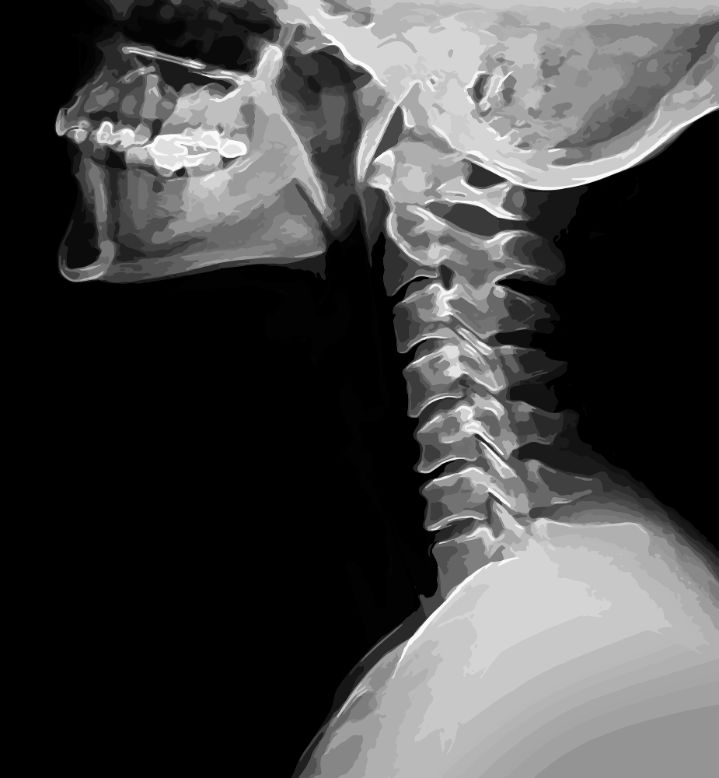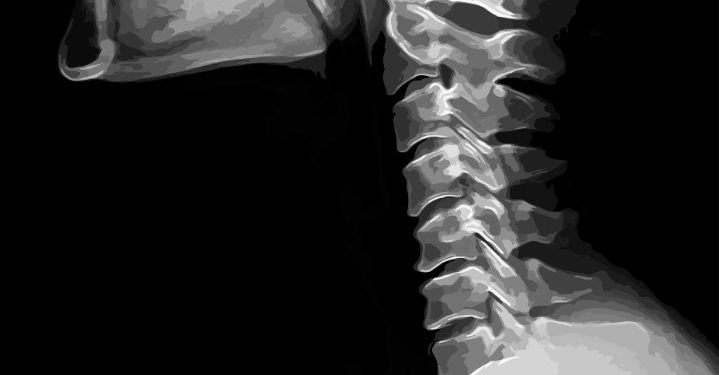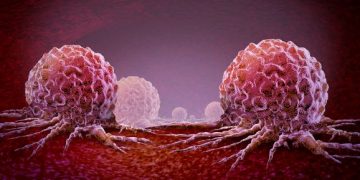For many people with head and neck tumors, they may have trouble swallowing or talking. This can have a negative effect on their lives. After receiving treatment, patients can benefit from speech therapy to help them learn new methods for speaking. These therapies can also be beneficial for those who have trouble eating.
The anatomy of the head and neck is complex. Treatment is best coordinated by a multidisciplinary team, which includes a radiation oncologist, a head and neck surgeon, and other specialists. Doctors may perform tests such as x-rays, positron emission tomography, and computed tomography to determine the extent of the tumor. Additionally, they may counsel the patient to stop smoking and undergo blood tests.
Head and neck cancers are often aggressive. In younger individuals, there is no apparent difference in survival between those with early-stage and advanced disease. However, in older patients, the disease is more aggressive. It is more likely to spread to the lungs and other sites if it has spread to the lymph nodes. Patients with advanced-stage disease are also more likely to require chemotherapy.
Early diagnosis is essential to control the disease. A complete physical examination, including an oral exam, should be conducted. Patients should also be tested for hearing and eye motion. They should also be given a detailed focused history.

The treatment of primary head and neck tumors varies with the site of the tumor. Surgical resection is required for some tumors, while other cancers are treated with radiation or chemotherapy. Depending on the type of tumor and the patient’s condition, treatment may be delivered to the primary site or the affected lymph nodes. Radiation is the most effective treatment for some tumors, but it is not always effective for others. There are many complications from radiation, including bone necrosis, dry mouth, trismus, and fibrosis. To reduce the negative effects of radiation, intensity-modulated therapy is used.
During the first year of treatment, patients should be examined by a physician every one to two months. If possible, follow-up evaluations should be scheduled every three to six months for several years. This helps ensure that no second primary cancer has developed. During the second and third years of treatment, patients should be evaluated every two to four months.
Often, a CT scan can be used to evaluate the extent of the cancer and to detect metastases. It is also useful for identifying the presence of lymphatic involvement. Other imaging techniques can be used to screen for distant metastases. Combined-modality treatments such as radiation, chemotherapy, and surgery are often recommended for large infiltrative lesions. Adding chemotherapy to adjuvant radiation therapy improves regional control of the tumor.
During the initial stage of the disease, treatment usually requires no additional invasive procedures. However, patients should be monitored for the occurrence of recurrences and other late complications. Some of these complications include weight loss and dysphagia. Patients should also be evaluated by a speech-language pathologist to improve their ability to speak.









